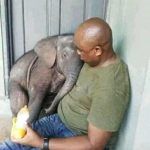The Unsung Heroes of 9/11: When Rescue Dogs Needed Rescuing, Too
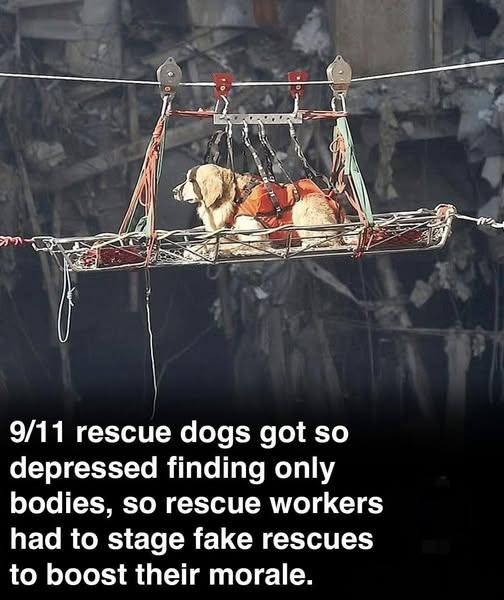
The Unsung Heroes of 9/11: When Rescue Dogs Needed Rescuing, Too
In the days following the devastating attacks of September 11, 2001, as smoke still rose from the ruins of the World Trade Center, an extraordinary group of silent heroes stepped forward: search and rescue dogs. With their noses pressed to dust and debris, they worked tirelessly alongside firefighters, police officers, and volunteers in the desperate search for survivors.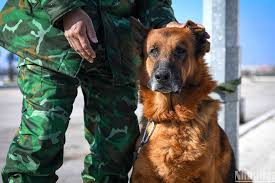
These dogs were among the best-trained in the world—highly skilled in locating people trapped under rubble, sniffing out life through layers of concrete and steel. For them, finding a survivor wasn’t just a job—it was their purpose. Every successful rescue was rewarded with praise, treats, and the joy of doing what they were born and trained to do: save lives.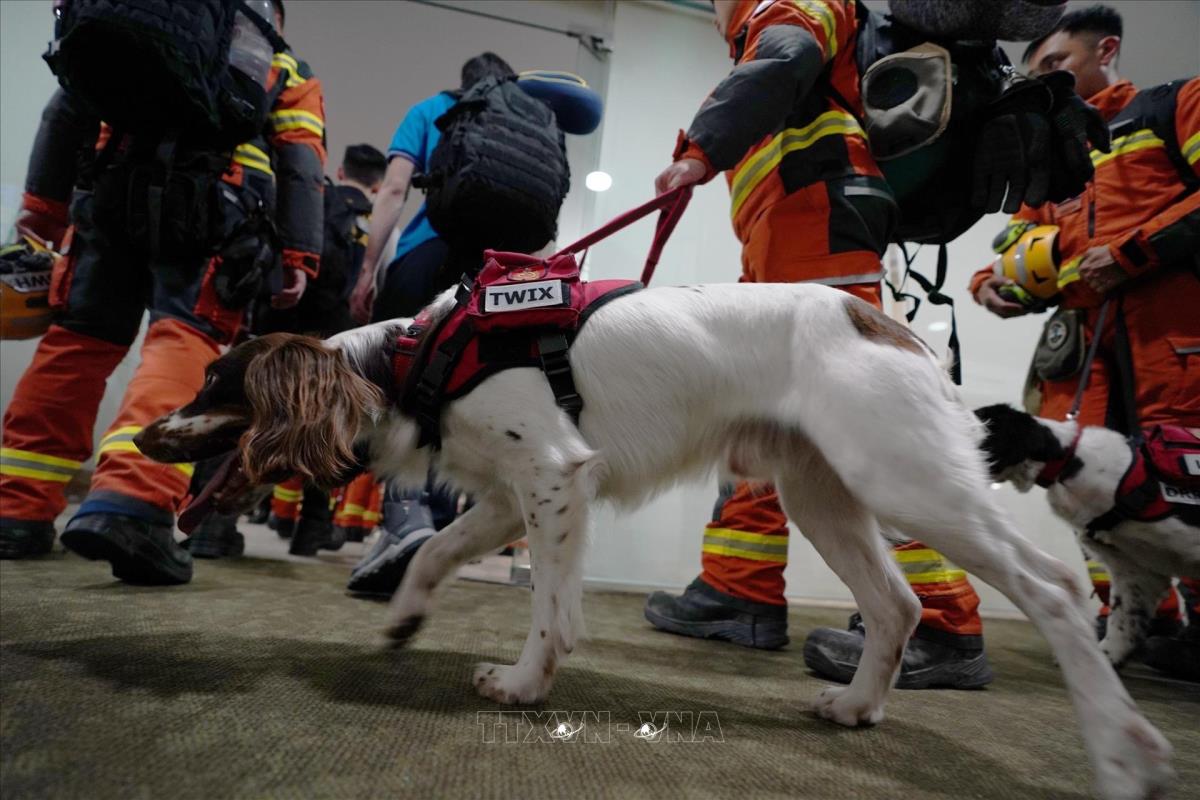
But Ground Zero presented a grim reality. The number of living survivors quickly dwindled. Day after day, these dogs scoured the wreckage, but found only bodies. And slowly, something heartbreaking began to happen.
Handlers and rescue workers noticed a change. The dogs were becoming visibly distressed—lethargic, withdrawn, even depressed. Their tails no longer wagged with excitement. They worked with determination, but their spirit was fading. These dogs weren’t just responding to commands—they were feeling the weight of the tragedy, in their own way.
In an act of compassion and understanding, their human partners made a remarkable decision: they began staging fake rescues. Rescue workers would hide in safe spots beneath rubble, allowing the dogs to “find” them. As the dogs barked and alerted their handlers, they were met with cheers, hugs, and joyful praise. These small moments reignited their drive and restored a sense of purpose.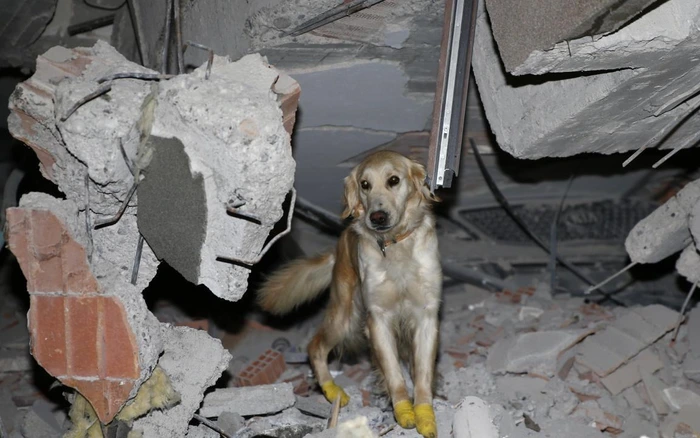
What happened at Ground Zero was more than physical rescue—it was emotional support, going both ways. Just as the dogs gave everything to help us heal, we found ways to help them heal, too.
This rarely told chapter of 9/11 is a powerful reminder that the loyalty of dogs runs deep. They didn’t just give their labor—they gave their hearts. And when their hearts began to break under the weight of loss, their human companions answered with love.
Today, many of those dogs have passed on, but their legacy endures. They were not just working animals—they were partners, healers, and symbols of hope amid tragedy. In honoring them, we honor the unbreakable bond between humans and animals—a bond that, even in our darkest hours, carries us forward.








